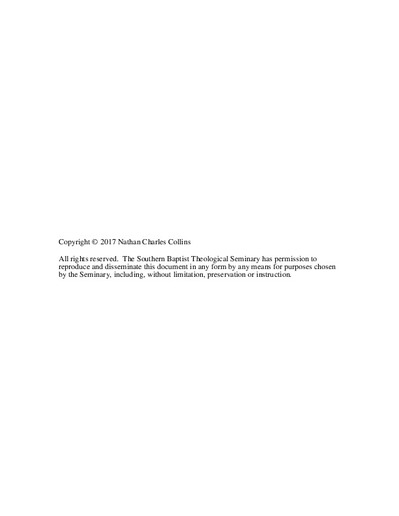| dc.description.abstract | The first chapter of this project outlines the background of studies about the Bible, gender, and social theory.
The second chapter of this project surveys the landscape of contemporary feminist theory and gender studies, with particular focus on approaches that theorize feminine identity as a relatively stable and intact cultural category. The purpose of this first chapter is to highlight possible points of contact between theological priorities concerning gender in Christian doctrine and humanistic approaches to theorizing gender.
The third chapter of this project focuses on attempts to theorize the significance of secondary gender differences between men and between women. It begins with a survey of theories about how categories function as markers of identity, and then explores accounts of secondary gender difference within feminist theory and gender studies. It concludes with an examination of social identity theory, and suggests that incorporating this approach from social psychology can be a helpful heuristic device in a Christian understanding of secondary gender identity.
The fourth chapter examines the manner in which a specific identity label—virgin (παρθένος)— circumscribes a gendered social identity with respect to unmarried female sexuality. It does this through the presentation of an exhaustive survey of the lexical, semantic, and syntactic function of the label across 529 uses in the Jewish and Greco-Roman background literature of the New Testament, as well as the contextual associations surrounding its use in these texts.
The fifth chapter examines 1 Corinthians 7 in light of the previous chapter’s findings, highlighting any additional significance they might add to Paul’s statements about virgins in his paraenesis. It proposes a newer, alternative approach that is not beset with the weaknesses of prior approaches, and suggests that the perspective on the identity of virgins gained from the previous chapter resolves some well-known tensions in interpretations of 1 Corinthians 7.
The sixth and final chapter explores potential lines of scholastic inquiry that might surface as a result of this study, as well as the various conversations in our culture about gender-related issues that might be implicated by the conclusions drawn about the nature of gender identity. | en_US |

